Bioblitz: how many organisms can you spot?
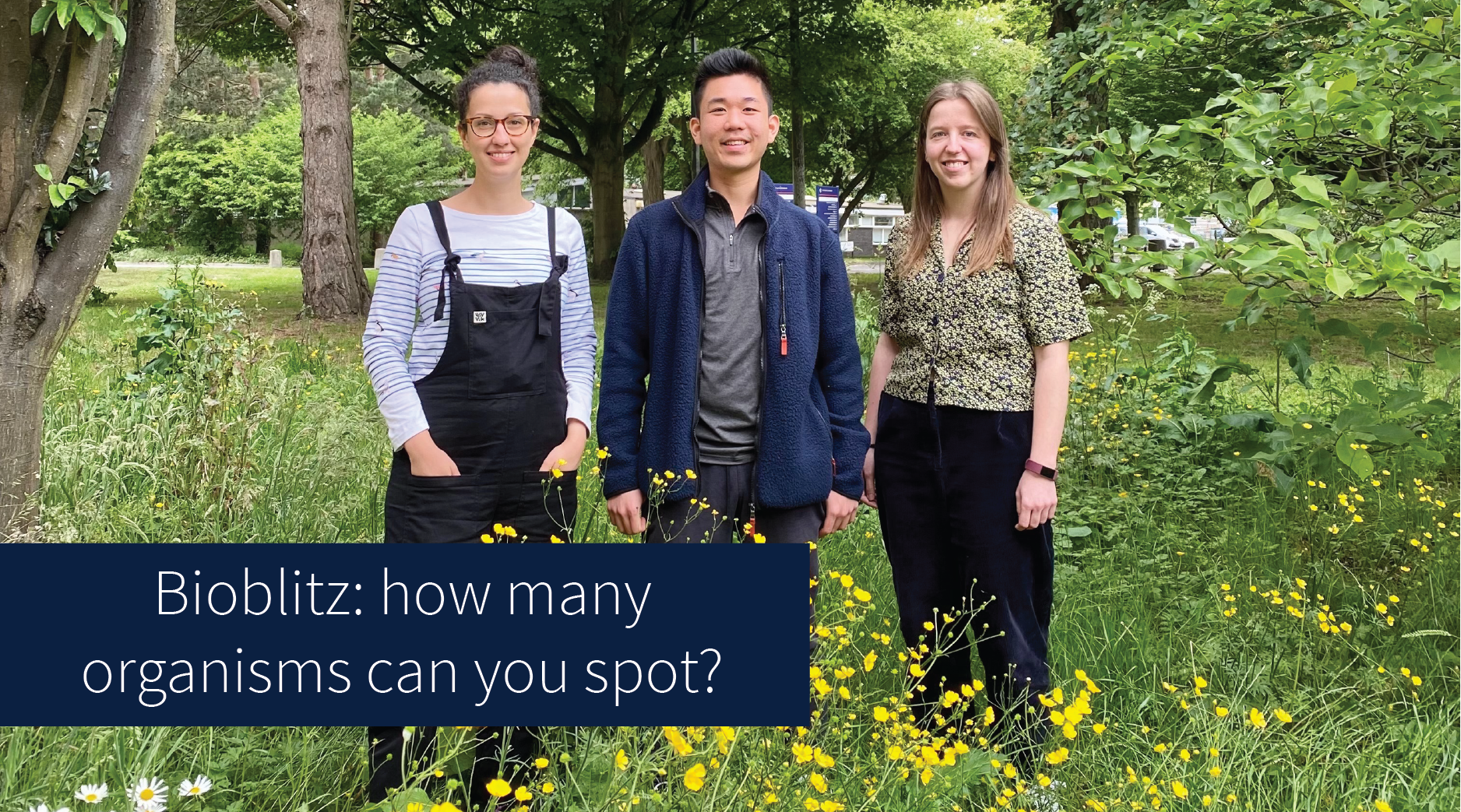
Students Nathan Oenardi, Anna Lykkeberg and Eszter Fazekas reflect on their rewarding experiences of recording wildlife with the iNaturalist app.
You’ll have seen staff and students scuttling around campus, but have you noticed the wealth of plants and animals that also spend their time at the University?
During the week of 2 May 2022, the University held its biggest Bioblitz across multiple campuses. The aim was to collect as many observations of different species on specified days for each location. The King’s Buildings site was the most prolific, with 78 observations.
Some species are easier to track than others: lots of plant species were logged. Flighty birds were more of a challenge to capture with a phone camera.
Collect wildlife data with the iNaturalist app
All these observations were tracked and uploaded using the iNaturalist app. iNaturalist is used by over a million people for identifying plants and animals.
It is a joint initiative between the California Academy of Sciences and the National Geographic Society, and not only brings together people with a shared interest in nature but provides valuable biodiversity data for scientists.
On the app you can upload photos of plants or animals you have seen and other iNaturalist users can help verify and identify your observations.
Download iNaturalist to track biodiversity any time, anywhere:
- Common chaffinch – 3 May 2022 – Eszter Fazeka – Kings Buildings
- Pied wagtail – 1 June 2022 – Anna Lykkeberg – Kings Buildings
- Ring-necked pheasant – 7 June 2022 – Eszter Fazekas
- Red fox – January 2022 – Anna Lykkeberg
- Western Honey Bee on a flower – 27 May 2022 – Anna Lykkeberg
Student experiences
Eszter’s experience
An awareness and appreciation of biodiversity and the environment around you can extend beyond events such as this Bioblitz.
I’m a postdoctoral researcher in the School of Chemistry and got into iNaturalist during the first pandemic lockdown in 2020. On my daily walks, I started paying more attention to my environment and noticed all the new spring plants and flowers appearing.
Using iNaturalist I was able to identify and learn their names, as well as help other users identify their observations. I was even contacted by scientists from other parts of the world to help their research by sending over plant seeds and samples from Scotland!
Anna’s experience
I’m a PhD student, also in the School of Chemistry. What started as some walks around the campus with Eszter blossomed into a great interest in learning about new plants and animals – particularly birds! Though these can be challenging to capture with a phone camera, it has been encouraging to see how many can be photographed clearly enough to identify.
Nathan’s experience
I’m a recent Zoology (BSc) graduate; I wrote a thesis on iNaturalist. By extracting and analysing iNaturalist observations downloaded from the website, I found that vast amounts of high-quality biodiversity data could be collected from iNaturalist’s datasets.
This means that iNaturalist not only offers an easy way in engaging the public with nature, but iNaturalist’s high quantity and high-quality data can also be useful for biodiversity research.
Citizen science as part of biodiversity plan
While we have all enjoyed using iNaturalist and observing the environment around us, events like the Bioblitz are also important for the University itself. Part of their 2022 Biodiversity Plan is to promote engagement with biodiversity.
An important part of protecting and enhancing biodiversity is engaging the wider University community.
iNaturalist can also be a good tool to gauge and track the changes in biodiversity over the years. For example, some new species may appear while others disappear from one year to another.
The University will protect existing biodiversity on campuses and enhance opportunities for biodiversity by taking a holistic approach that prioritizes our interactions with wider communities of organisms, including humans, and dynamic landscapes.
University of Edinburgh’s vision for biodiversity
We need to protect biodiversity
The importance of biodiversity to human health and well-being has been proven, including as provider of crucial ecosystem services for instance in relation to climate change; equally species that contribute to biodiversity have value in and of themselves as living things with whom we share the planet.
Protecting biodiversity is extremely important; the University of Edinburgh clearly communicates this aim in its Biodiversity Plan.
Students are the largest group of people on University campuses, therefore, it is crucial to increase their awareness of biodiversity and potentially engage them to help track it.


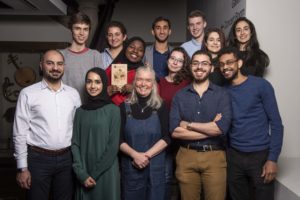
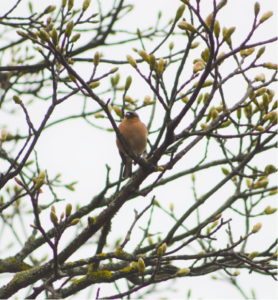
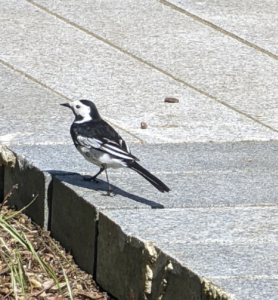
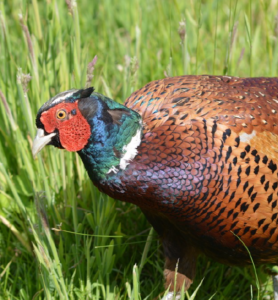

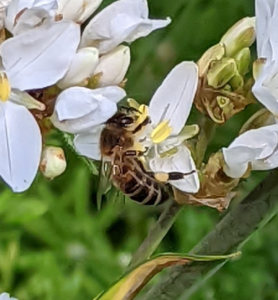


Recent comments